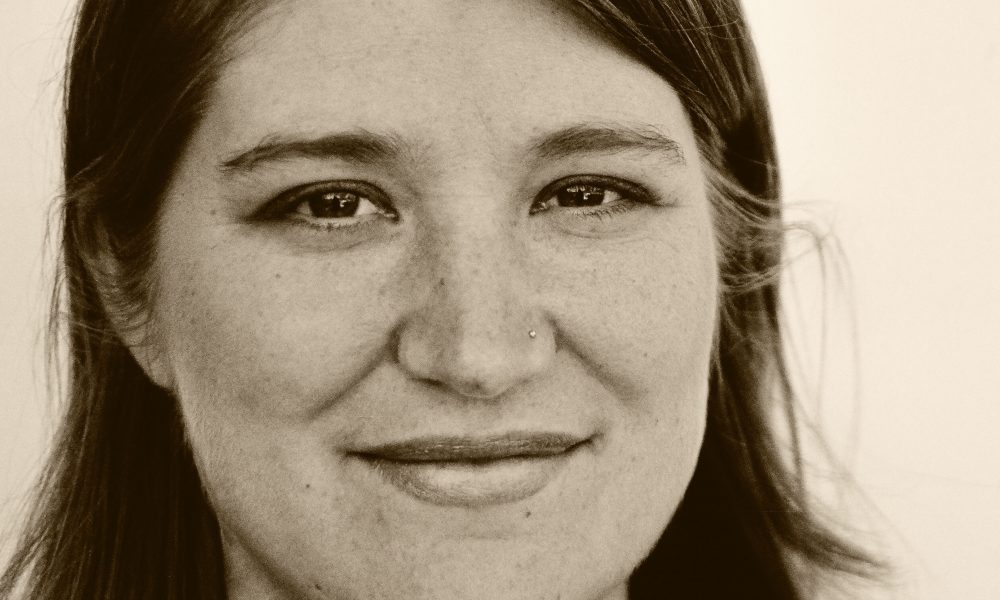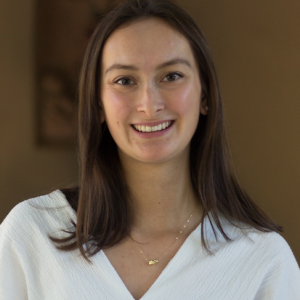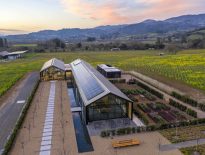Over the next few weeks, we will run a Q+A series to showcase some of the incredible change-makers who are speaking at Living Future 2020 Online. This week, we are featuring Erin English, Practice Leader at Biohabitats.
Natalie Quek: What does sustainability look like to you?
Erin English: A thriving, healthy, diverse, and happy group of people living in harmony with what sustains us all: Earth. If we do our jobs as engineers, designers, planners and scientists, sustainability becomes less about buildings or cool systems and more about creating the conditions for everyone to thrive.
NQ: What initially drew you to a career in sustainability?
EE: The work of Dr. John Todd (the innovator of the ‘Living Machine’ and ecological engineering pioneer), the Bioneers Conference which highlighted such pioneers, and my college-era involvement with the fledgling Center for Sustainability at Penn State in the mid 90’s. As a chemical engineering student, engaging with such creative, innovative and heart-centered people, ideas, and movements was liberating and set me on the path to leverage engineering skills for the greater ecological and social good.
NQ: What does this year’s theme, Sustaining Hope within Crisis, mean to you? How does this translate to your personal or professional life?
EE: Within the current dual crises of both the COVID-19 pandemic and global climate change, hope is about the most vital thing we can focus on because the lack of hope could just about wreck us. That said, it is proving challenging to remain hopeful right now. I am a firm believer in cultivating open, flexible and positive attitudes when facing problems; I believe it leads to better, more grounded decision-making than coming from a place of fear or narrow thinking. I constantly need to remain vigilant, however, as it’s easy to go astray; this will be a lifelong pursuit of refinement for me.
I was struck recently by Greta Thunburg’s words “I don’t want your hope” as she invoked fear. And I hear her on this – we need to be mindful that a hopeful or positive attitude does not become a crutch or diversion from tackling the hard work and decisive action that is needed.
I have also been reflecting on our role as engineers, designers and scientists and do believe that we have a role to play in showing the way to the future in which we thrive. For example: Restoration is an act of hope, green infrastructure is a practice of hope, and Living Buildings are a beacon of hope.
NQ: What gives you hope?
EE: My two amazing sons who are 2 and 3 years old, and the rowdy, committed youth climate activists and those who support their global campaign. Also, the world around me here in Santa Fe – spring is emerging, the birds are coming back, a few plants are pushing up through the soil.
NQ: Can you give us a taste of what you’ll be talking about in your session at Living Future?
EE: Water, and how we can learn to embrace the uniqueness of our places to inform and underpin how we work with water on any particular project.
NQ: What’s a must-read/watch/listen for anyone involved with the sustainability community?
EE: Braiding Sweetgrass by Robin Wall Kimmerer. We all have a responsibility of listening to native voices as they are a reservoir for great wisdom for these times.
NQ: Why is it important to move forward with Living Future 2020 Online?
EE: Living Future is not just a gathering to share and learn the latest evolution in deep green building, it’s a space for participants to connect, be inspired and encounter those who are thinking – and acting – differently. Moving this whole community online for a virtual event will be challenging, but I’m excited by the potential to still find some of that spark that sets this conference apart.
Can’t wait to hear more from Erin? Attend her virtual session, From Scarcity to Abundance: The Regenerative Power of Net Positive Water at Living Future 20 Online, May 7-8, 2020.
Interviews have been edited for clarity and brevity.



